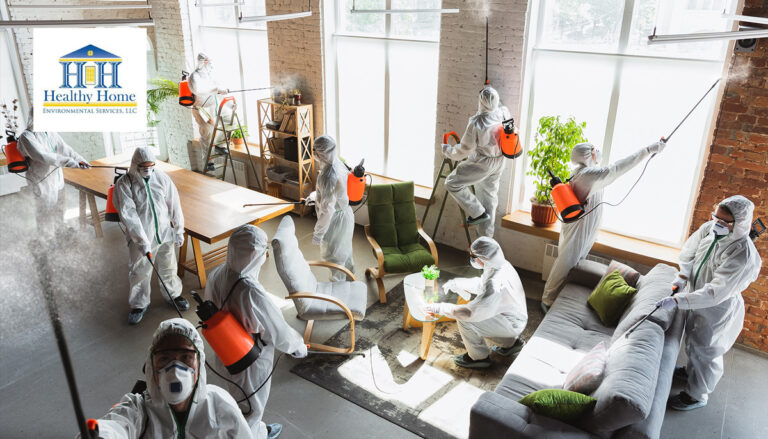How Long Does a Mold Inspection Take?

Introduction to How Long Does a Mold Inspection Take
Mold inspections are critical for maintaining a healthy living environment, especially in areas prone to moisture and humidity. The duration of a mold home inspection varies depending on various factors, including the size of the area being inspected, the complexity of the inspection, and the specific methods used.
In this article, we will explore the process of a mold inspection and the factors that influence its duration.
Understanding the Mold Inspection Process
Mold inspections involve a thorough examination of your property to detect the presence of mold and assess its impact.
- It starts with a Visual Inspection where experts look for visible signs of mold growth.
- This step is followed by Sample Collection if mold is suspected but not visible.
- These samples are then sent for Lab Analysis to identify the type of mold and its concentration.
- Finally, a detailed Mold Protocol Report Generation provides insights and recommendations.
Factors Influencing the Duration of Mold Inspection
Several factors can affect how long a mold inspection takes:
- Property Size: Larger properties require more time for a comprehensive inspection.
- Complexity of Inspection: In cases where mold is not visibly present but suspected, more in-depth investigation is necessary.
- Type of Inspection Conducted: Different inspection methods, like using an Infrared Camera or Mold Swab Test, can impact the time required.
- Experience of the Inspector: Experienced inspectors may conduct the process more efficiently.
Average Duration of a Mold Inspection
On average, a mold inspection can take anywhere from 2 to 5 hours (walls, bathroom, kitchen, and exposed foundation areas). For smaller homes or apartments, it might be on the lower end of this range, while larger buildings or those with complex issues might take longer.
The Role of Tools and Equipment in Speeding Up the Process
Modern tools such as Moisture Meters and Air Sampling devices have made mold inspections quicker and more accurate. These tools help in identifying problem areas faster and in a non-invasive manner.
Post-Inspection Procedures
Once the inspection is complete, the process doesn’t end there. The results from the lab analysis need to be compiled into a comprehensive mold protocol report. This step might take additional time, usually a few days, to complete.
Ensuring a Speedy and Efficient Mold Inspection
To ensure a quick inspection, prepare your property by clearing any obstructions and providing access to all areas.
Also, hiring experienced mold inspection professionals who use the latest technology can significantly reduce the time taken for the inspection.
Conclusion
The duration of a mold inspection is influenced by various factors, but with the right preparation and tools, it can be a smooth and efficient process. Regular inspections are essential for ensuring a safe and healthy home and work environment.






